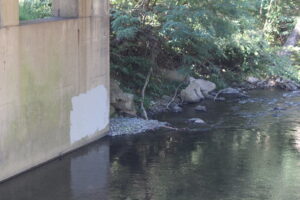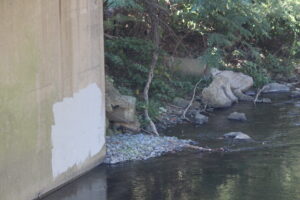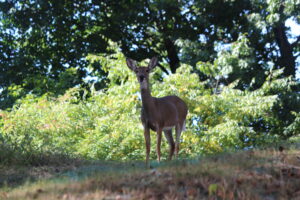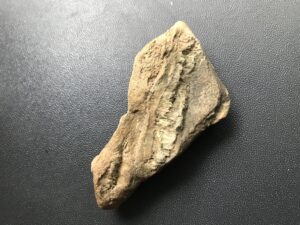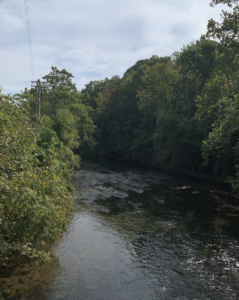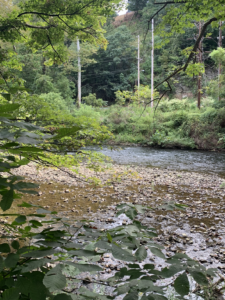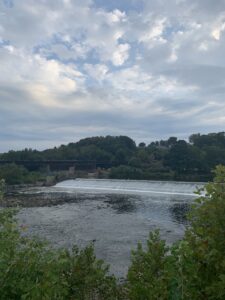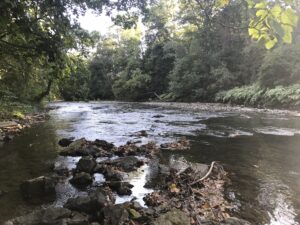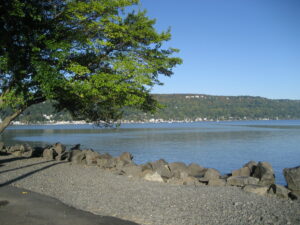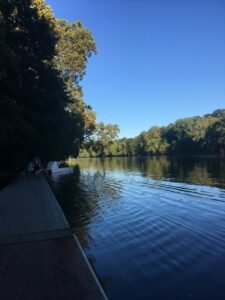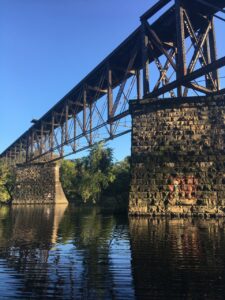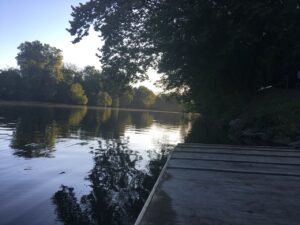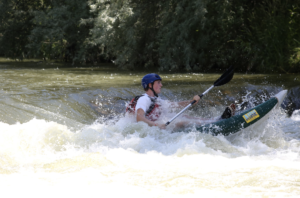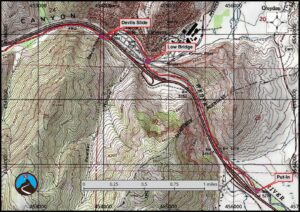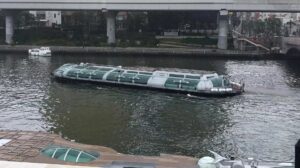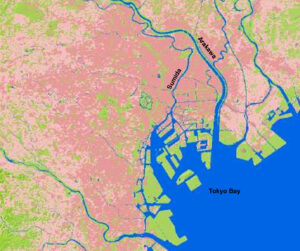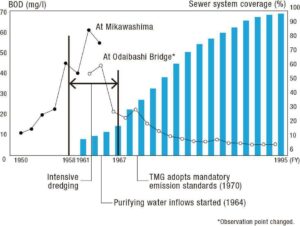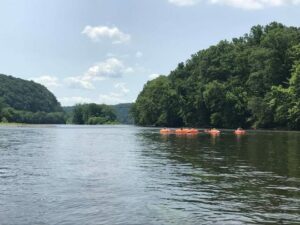
I was doing research online the past couple days about the Delaware River, and I came across a couple sources of good news. The first is that conservancy projects throughout the Delaware River Watershed were awarded a grand total of $16 million dollars to help restore, clean up and revitalise parts of the Delaware River. The money was awarded to several groups throughout New Jersey, Pennsylvania, Delaware and New York. Also, I interestingly came across something called the “Delaware River Watershed Conservation Act,” – which I look forward to exploring further. Similarly, there is actually some more local efforts to help clean up the river. On September 21st, there is the 2nd community cleanup in Hunterdon County, New Jersey, which is about 40 minutes away (so a little far, but not too far), where volunteer will help to clean up the river both on foot, as well as in canoes and kayaks!
More Information:
Local clean up efforts: https://www.mycentraljersey.com/story/news/local/how-we-live/2019/09/19/gardener-state-help-clean-up-delaware-river-sept-21/2342190001/
Wider clean up efforts: https://www.inquirer.com/science/delaware-river-watershed-philadelphia-fish-wildlife-service-20190918.html
